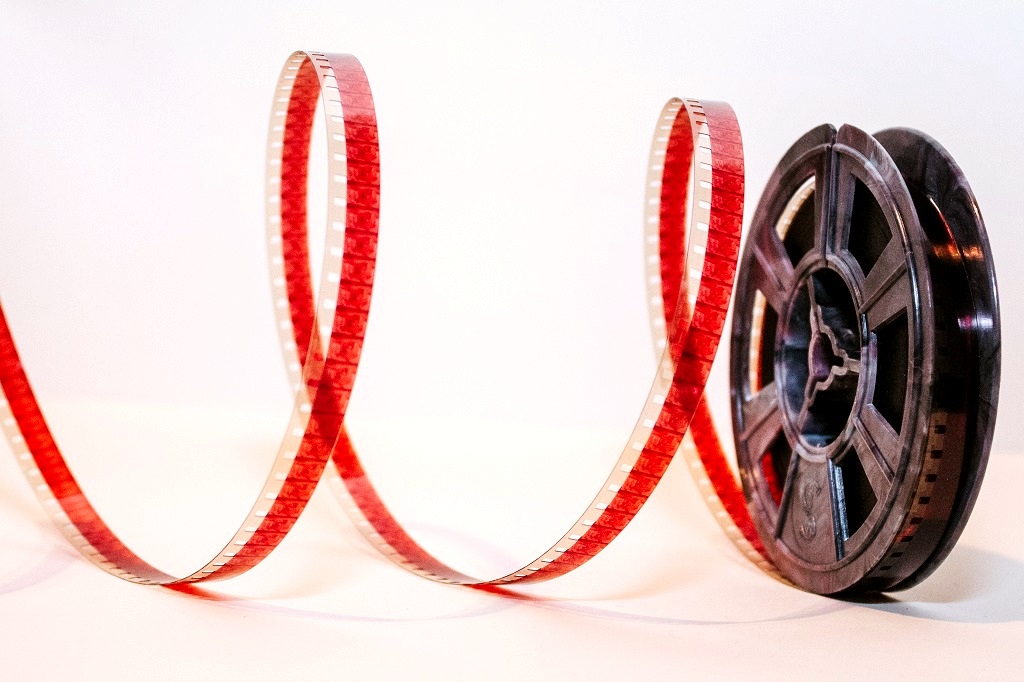
Photo Denise Jans / Unsplash
Streaming footage on streaming services
In late October, Netflix announced that they are testing a feature that allows you to control the playback of movies and TV shows on smartphones. The viewer can either slow down the video by 0.5-0.75 times or, conversely, accelerate 1.5 times. Service users have already noted that a lower playback speed allows you to monitor the progress of the plot and the subtitles.
But there were those who met the innovation coolly, mainly among these people - directors, producers and actors. One of the first to respond to the news was the creator of The Forty-Year-Old Virgin, Judd Apatow. According to him, the platform should not deal with ways to modify content, since for most directors it is very important how their work will be shown.
The director of Ant-Man Peyton Reed also expressed his opinion, he called the function of accelerating viewing “a terrible idea”. Actor Aaron Paul noted that the game with the reproduction of content destroys the vision of filmmakers. Netflix said that they do not fully understand the cause of concern for representatives of the film industry. DVD players have had this feature for decades. Video hosting and media players also allow you to change the playback speed.
Residents of Reddit also supported the streaming service on this issue. They note that all the directors' claims are contrived and hypocritical: for some reason they are not worried about how TV commercials inserted in the middle of the film affect the impressions of watching a movie. Netflix said that they will study all the opinions of the parties and, based on the results of testing, will decide whether to leave the function or remove it.
Skip Intro
Accelerated browsing is not the first Netflix feature to be criticized. Two years ago, the platform added the ability to skip the opening credits of series and films - for example, at the House of Cards and Very Strange Things. Then the opinions of the community were also divided.
The Guardian wrote that without title credits, the picture loses some of the artistic value, since today the video sequence superimposed on them becomes an element of the narrative. For example, the director “Kingsman: Secret Service” went this way - the passage can be found here .
But ordinary users did not see the possibility of skipping the intro is nothing bad. On Reddit they say that this feature should be on all streaming services. For people who prefer to “swallow” TV shows for whole seasons, watching the same screensaver dozens of times is quite tiring.
Motion smoothing on TVs
This is another technology opposed by iconic Hollywood faces. It eliminates the “jitter” of the image in cases where the refresh rate of the picture on the TV significantly exceeds the capabilities of the source material. Motion smoothing analyzes the movement of objects on the screen and on their basis forms new frames, inserting them between existing ones, while simultaneously increasing the sharpness of the picture.
This approach works well on sports channels. However, when watching a movie, it rather interferes: the picture looks unnaturally clear, and artifacts appear on the screen. Because of this, eminent actors and directors speak negatively about technology. A year ago, Tom Cruise and Christopher McQuarrie posted a video on Twitter , where they noted that the function does not allow to reveal the intention of the authors. Against motion smoothing, directors Ryan Johnson , Peyton Reed and James Gunn also spoke out.
The main claim to the technology is the difficulty of disabling it. The necessary settings are sometimes hidden deep in the menu. Therefore, last year, Christopher Nolan and the Directors Guild of the United States began negotiations with the UHD Alliance. This is an organization that standardizes devices that play UHD content. Following the discussion, a number of TV manufacturers decided to introduce a new mode - filmmaker mode. Its task is to guarantee accurate transmission of color, contrast and frame rate when watching movies on home TVs. As a result, the viewer will see a picture conceived by the director: without artifacts and other noise.
Additional reading in our Hi-Fi World:
 Horror moviegoer: remastering and dubbing
Horror moviegoer: remastering and dubbing
 “Camera, motor, music!”: How directors use vinyl in films
“Camera, motor, music!”: How directors use vinyl in films
 “Oh, no, again”: movie and television music that we hear too often
“Oh, no, again”: movie and television music that we hear too often
 Who chooses music for movies and TV shows? Music Supervisor
Who chooses music for movies and TV shows? Music Supervisor
 Rain, clang of armor and liquid metal: how sound is made for a movie
Rain, clang of armor and liquid metal: how sound is made for a movie
 Wide format cinema in the USSR: SOVSCOPE 70 mm
Wide format cinema in the USSR: SOVSCOPE 70 mm
What else do we have in our blog on Habré - Reading for an audio fan: old iron, retro formats, “shine and poverty” in the music industry